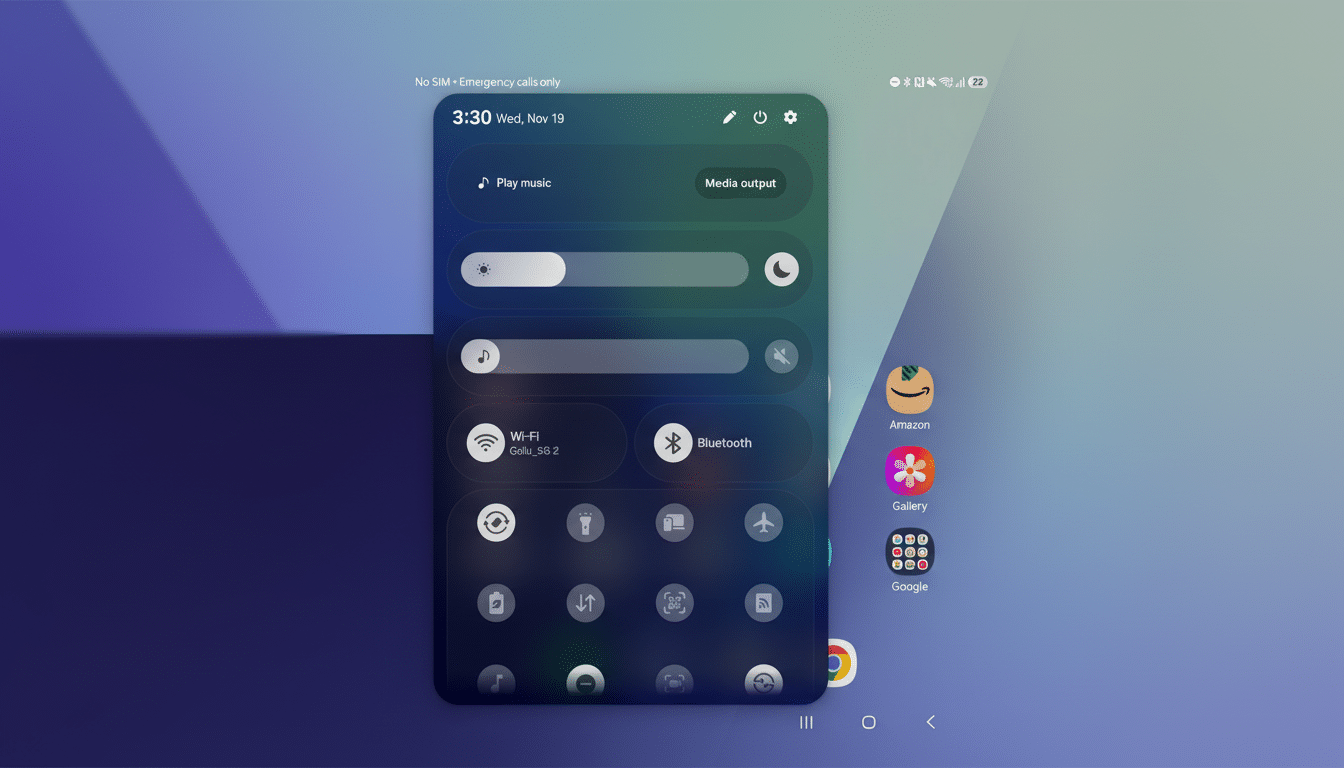The next software build from Samsung looks like it leaks a crucial piece of hardware. Code buried in One UI 8.5 hints at a new charging tier named Super Fast Charging 3.0, heavily hinting that the company is cooking up a faster wired alternative for incoming Galaxy flagships.
What the One UI 8.5 strings indicate about charging
Names of various charging levels are mentioned in text resources within pre-release One UI 8.5 software, and these include the well-known Super Fast Charging and Super Fast Charging 2.0.
- What the One UI 8.5 strings indicate about charging
- Why this suggests a move to 60W wired charging
- Real-world impact if Samsung moves to 60W charging
- Charging standards and accessories required for 60W
- Battery health and the thermal design considerations
- What to watch ahead of launch as Super Fast Charging 3.0 nears

The only thing new is Super Fast Charging 3.0, with and without a battery percent readout, which leads me to believe it’s an actual different user-facing mode (though impossible to say if this will be some special Qualcomm-only feature or something).
Most of the time, Samsung ties these labels to corresponding power caps — 25W is marked as Super Fast Charging on its more recent base models, while a 45W cap will bear the 2.0 branding for higher-tier devices. 3.0 has a “level 4” label in the same cluster of strings as well, which would be a step up over the current 45W level already on sale.
Why this suggests a move to 60W wired charging
Rumors have for quite some time been buzzing around the potential for 60W wired charging in the next Galaxy Ultra. The 3.0 badge is squarely in that story, it’s high enough for a new marketing tier, but conservative compared to the 80W to 120W we see others claim. Samsung’s branding has historically followed real, repeatable power targets rather than brief peak bursts — so a 60W floor provides realistic overlap with the suddenly announced 3.0.
For context, Apple’s more recent iPhone Pro Max models are about 27W under USB Power Delivery, Google’s top Pixels get up to 30W, and brands like Xiaomi and OnePlus claim to have everything from a 67W solution to an 80W or 100W option that’ll charge a battery in minutes. While a 60W move would bring this closer to the competition, it doesn’t require extreme thermals or special cables.
Real-world impact if Samsung moves to 60W charging
At 60W, a 5000mAh cell is believably capable of hitting around 50% charge in something on the order of ~15–20 minutes and near 100% in about 45 minutes or so, depending on cell design and thermal headroom/charge-curve tuning.
Samsung prefers stepped current profiles which front-load speed before tapering to maintain longevity, so anticipate headline gains presenting themselves most clearly in the 0–60% punch that phones get through the majority of their top-ups on a busy day.
It’s important to remember that advertised wattage is only one piece of the puzzle. Ambient temperature, already running apps, and accessory quality will impact the delivered power significantly. Real-world results are never going to match up to lab claims, but a new tier should give some kind of tangible bump above today’s 45W experience on premium Galaxy models.

Charging standards and accessories required for 60W
Samsung’s Super Fast Charging features are based on USB Power Delivery (USB PD), PPS (Programmable Power Supply), and the USB Type-C standard.
It can work as a traditional PD ~60W-class solution with PD’s common 20V at up to 3A, or leverage PPS for better thermal performance (lower voltage and higher current). Whichever way you slice it, full-speed charging is probably going to require a compliant high-power adapter and a quality, e-marked cable.
Backwards compatibility should remain intact. If you plug into a 25W or 45W brick, the phone will negotiate downward to the best common profile. When it comes to drawing out Super Fast Charging 3.0, anticipate Samsung to deliver a first-party charger that is either listed at or above the new ceiling, with third-party PD PPS options working so long as they fulfill each stepped voltage and current agreement requirements.
Battery health and the thermal design considerations
Samsung has played it quite safe as far as peak watts are concerned and has focused on battery life and safety first. Elevated currents lead to higher cell temperature and could accelerate capacity fade if not carefully controlled. I would expect 3.0 to marry that hardware upgrade (thicker heat spreaders, more refined charge pumps, stricter thermal management) with software protections like adaptive charging windows that throttle the top end down to protect cycle life.
Bodies like the USB-IF and groups like the Wireless Power Consortium stress efficiency and thermal safety as speeds go up. Samsung has always been aligned with PD PPS to promote broader compatibility and reliability, which will not change even as the ceiling goes up.
What to watch ahead of launch as Super Fast Charging 3.0 nears
The addition of Super Fast Charging 3.0 in One UI 8.5 code is the greatest suggestion yet that we'll get a faster wired tier for the next Galaxy generation to arrive. The remaining questions are whether the upgrade will only be for Ultra, what charger Samsung recommends for full speed, and if wireless charging will get a similar push — perhaps use of Qi2’s magnetic alignment to deliver more consistent 15W and beyond.
If history is a guide, the branding we see in software now will match retail packaging and settings on day one. For power users, that might translate into quicker pit stops, healthier top-ups between meetings, and less of a reason to still have battery anxiety even before the phone hits 100%.

